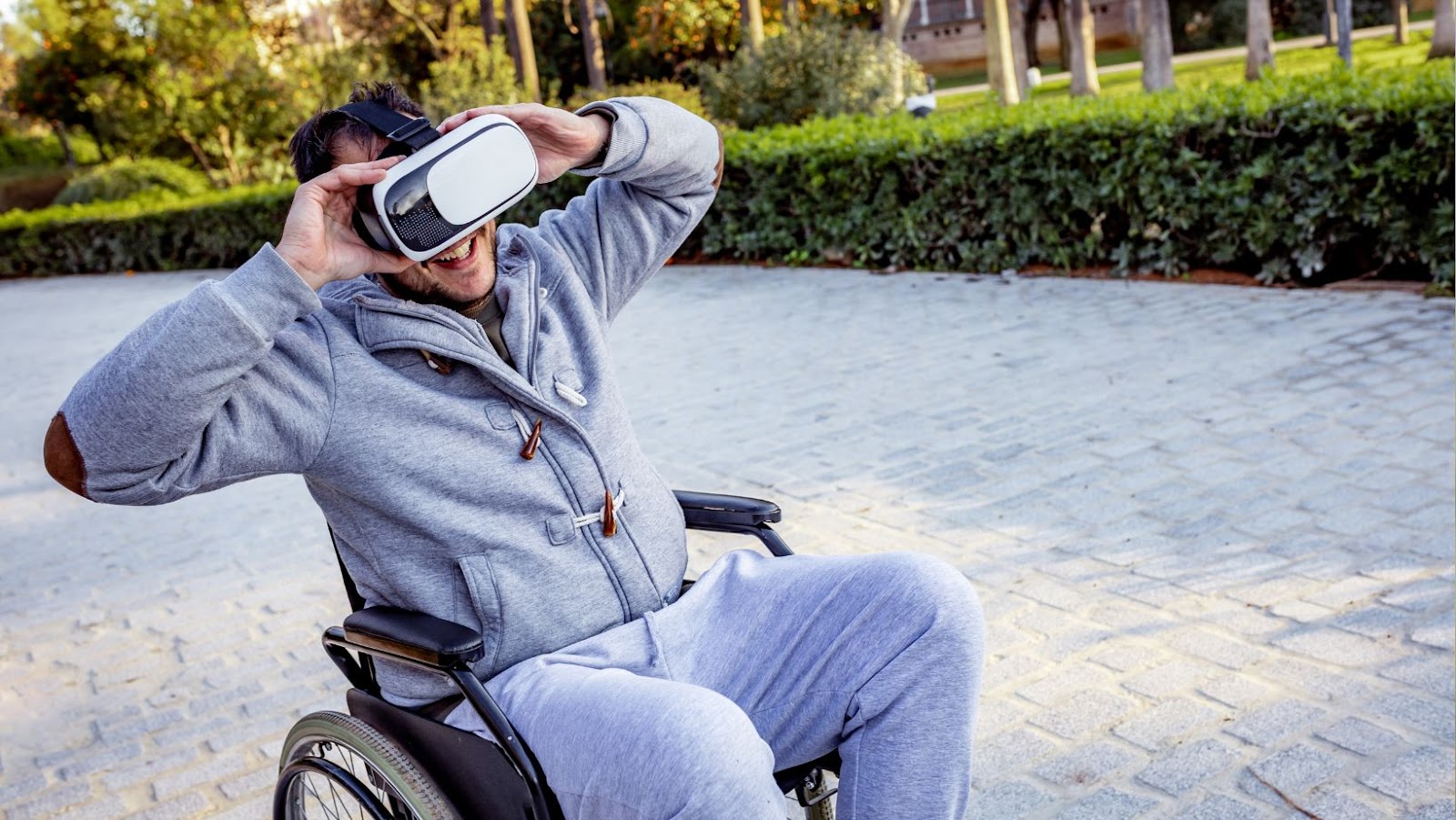 VR for Commercial Use
VR for Commercial Use
Progressing in the realms of technology, VR offers numerous advantages that aid business operations. Firstly, it supports interactive product demonstrations, providing a tangible feel to customers without the actual physical contact, a condition especially relevant in the pandemic-stricken environment. Yelp’s Fusion API instanced that by enabling clients to virtually tour restaurant spaces, thereby saving time and resources.
Secondly, VR aids in the training of employees, a convention widely adopted by companies like Walmart for their staff preparation. It prepares employees for real-life scenarios without any risk. For example, a trainee in a risky profession, such as firefighting, can experience different disaster paradigms without any real-world peril.
Lastly, VR grants companies the prospect of improving their brand image by displaying innovation and customer engagement. For instance, companies like IKEA and Lowe’s used the technology to assist customers in visualizing products in their own household, thereby enhancing user experience and boosting brand reputation.
Diverse industries harness the potential of VR for a multitude of commercial applications. The Real Estate sector, for example, capitalized on VR technology for virtual tours of properties. This enables potential buyers to stroll through houses from different geographical locations, a unique selling point embraced by companies like Zillow.
Next, VR’s impact in the HealthCare sector is noteworthy. It offers a safe environment for surgical training, intending to simulate the complexities of real-life medical procedures without risking patient safety.
 The Scope of VR in Retail
The Scope of VR in Retail
Taking the retail industry into the virtual space, Virtual Reality (VR) significantly acts as a catalyst in shaping the customer experience and online shopping scenario.
VR, by simulating in-store interactions, offers customers personalized shopping experiences. Brands leverage this digital tool to create interactive virtual stores, enhancing customers’ browsing and buying process. For instance, companies such as IKEA and Lowe’s furnish virtual showrooms where customers ‘examine’ products in a simulated environment, an application of the VR spotlighted by Accenture in their report on digital consumer trends.
By creating lifelike duplicates of physical stores, VR rattles the conventional online shopping experience. It helps shoppers visualize the product, eliminating the guesswork involved in determining its specifications, authenticity, and suitability. An exemplar of this trend, Alibaba’s Buy+ platform transports customers into a full 360-degree VR mall, where consumers can peruse the aisles, interact with products, and make purchases. This VR application, as per Juniper Research’s report, indicates a promising trend as more retailers seek to enhance users’ retailer engagement.
 The Future of VR for Commercial Use
The Future of VR for Commercial Use
As advancements in VR technology continue to reshape traditional business landscapes, the commercial usage of VR is on a promising trajectory. This section delves into the projected trends and applications that are set to further revolutionize the commercial use of VR.
Businesses, particularly those in high-risk sectors such as construction, mining, and healthcare are increasingly exploring VR technology for employee training. For instance, VR allows manufacturing units to introduce workers to complex machinery in a safe, virtual environment, effectively reducing risk while ensuring effective training.
Marketers find a valuable ally in VR, exploiting its immersive nature to create compelling campaigns that resonate with consumers. For example, travel agencies can use VR to offer virtual tours of exotic destinations, providing a unique selling proposition that sets them apart.
With an increasing number of organizations embracing remote work, VR offers a robust solution to maintain team cohesion. Through VR-based conference tools, teams can collaborate in a virtual environment, replicating an in-person meeting experience.
The potential of VR in e-commerce is ripe for exploration. Companies can deploy VR to let customers ‘try before they buy’. Apparel businesses, for instance, can use VR to allow customers to virtually try on clothes, enhancing the online shopping experience.
Architects and designers are projected to maximize VR technology for creating virtual representations of their designs. An architect can virtually walk a client through the proposed design of a building, providing an interactive and immersive preview before actual construction begins.
The predicted advancements and usage trends underline how VR technology is positioning itself as an integral tool for commercial use. This future, laden with unlimited potentiality, is gradually becoming a reality as more businesses seize the potential of VR to gain a competitive edge.